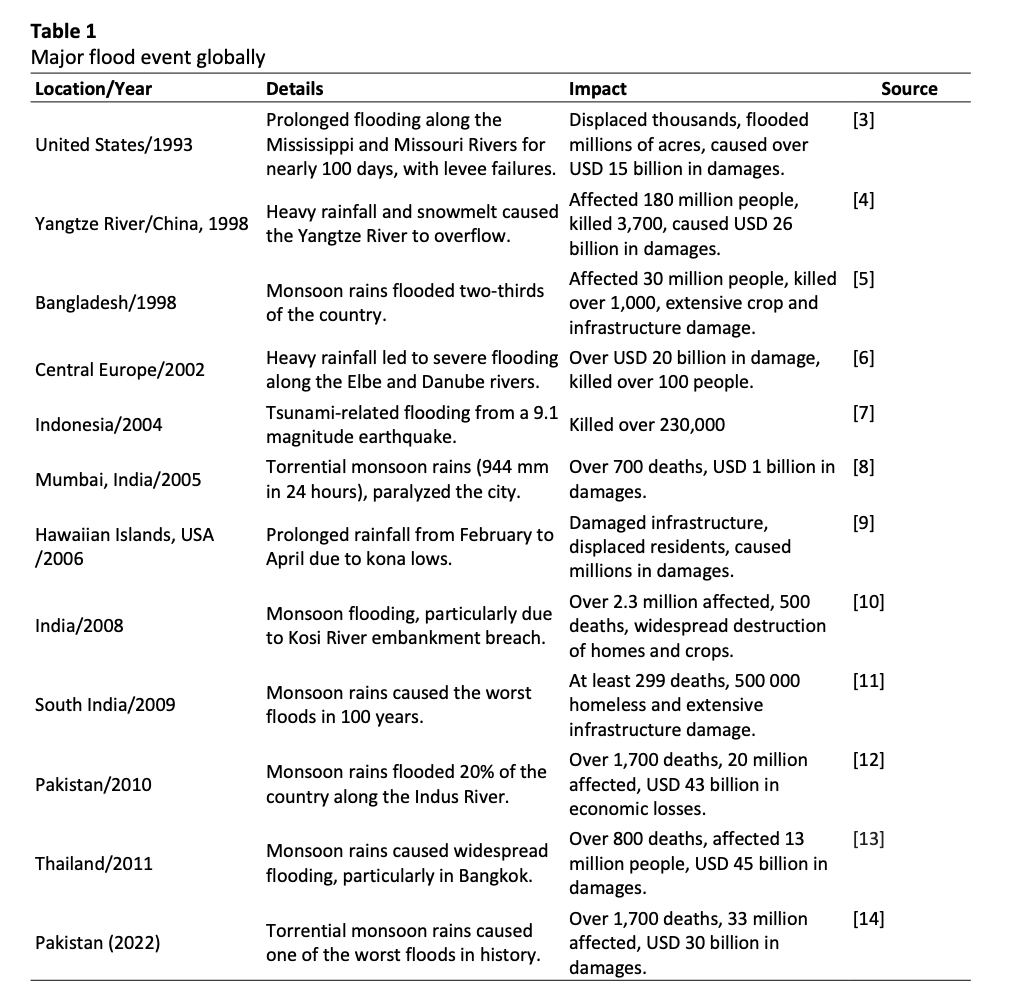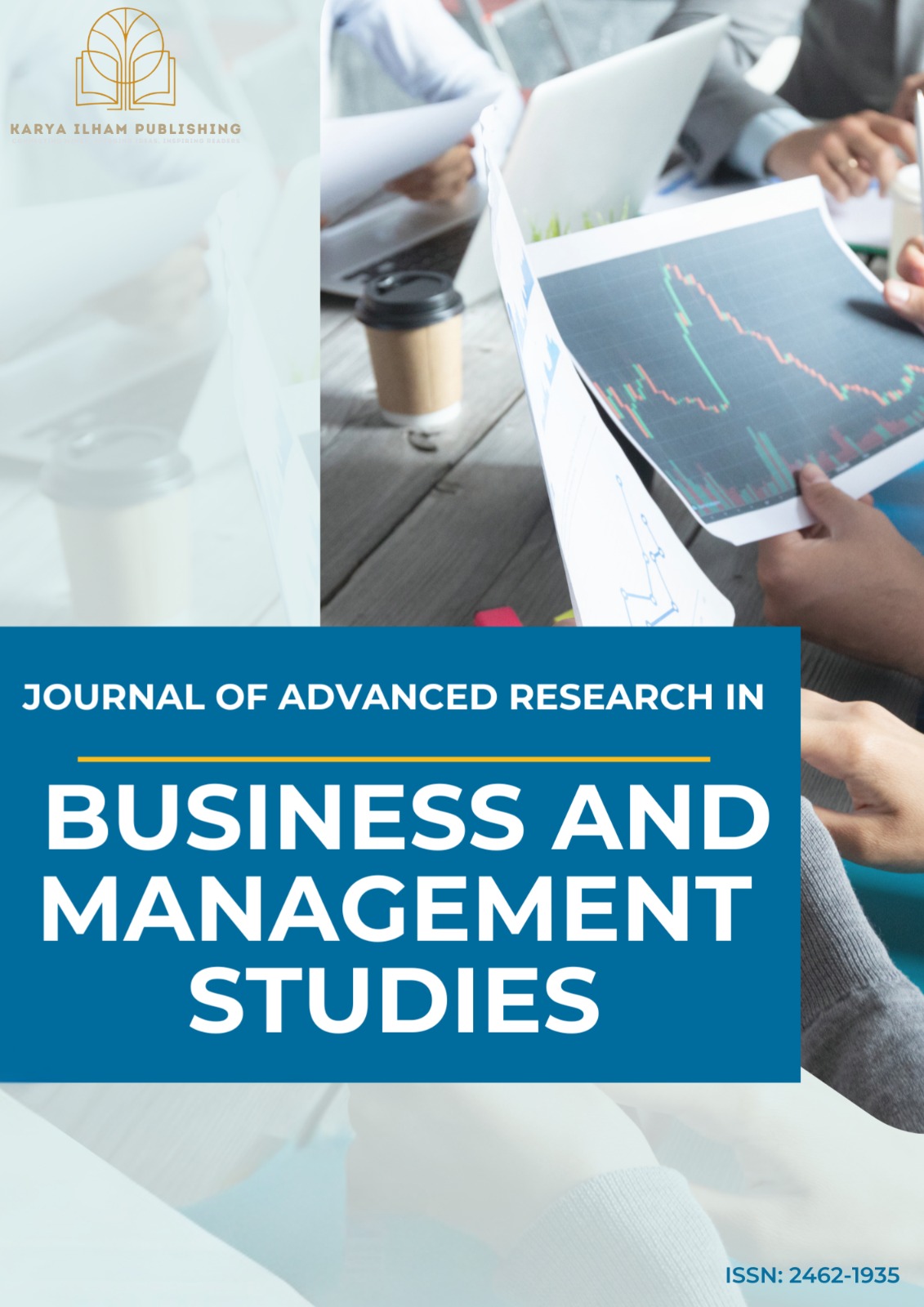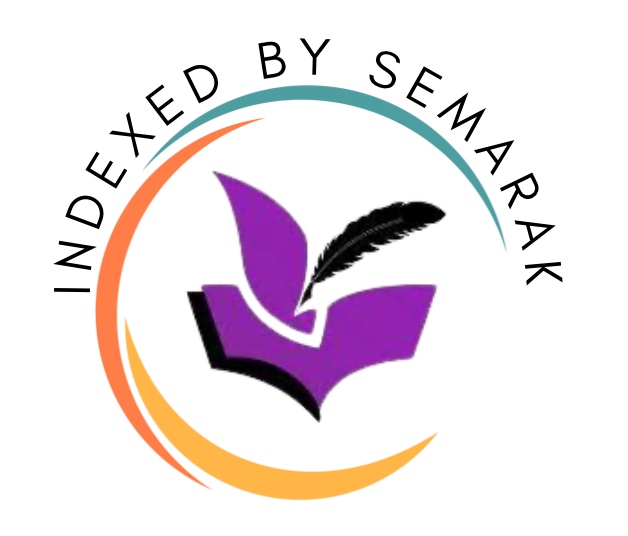Exploring Flood Resilience Trends for Enhanced Flood Management: A Review
DOI:
https://doi.org/10.37934/arbms.40.1.2739Keywords:
flood vulnerability, flood management, flood resilienceAbstract
Flooding remains one of the most destructive natural hazards globally, causing significant social, economic and environmental impacts. This review explores the evolution of flood hazard management across three major phases: traditional structural approaches before 2000, integrated risk-based frameworks from 2000 to 2010 and modern resilience focused strategies from 2010 to 2025. Early efforts centered on structural defenses which proved effective for localized protection but presented limitations including high maintenance costs, ecological disruption and failure during extreme events. The transition to integrated models emphasized the relationships between hazard, exposure and vulnerability, supported by geographic information systems and probabilistic modeling. More recent strategies focus on enhancing resilience through nonstructural measures such as early warning systems, community adaptation and nature based solutions. This review also examines methodologies such as flood hazard mapping, risk assessment, artificial intelligence applications, and dynamic vulnerability modeling. Despite technological advancements, challenges persist, including limited data availability, methodological inconsistencies, and the inadequate inclusion of social vulnerability. Several factors complicate flood management efforts. This synthesis highlights trends and gaps in current practices, offering direction for future planning.

















